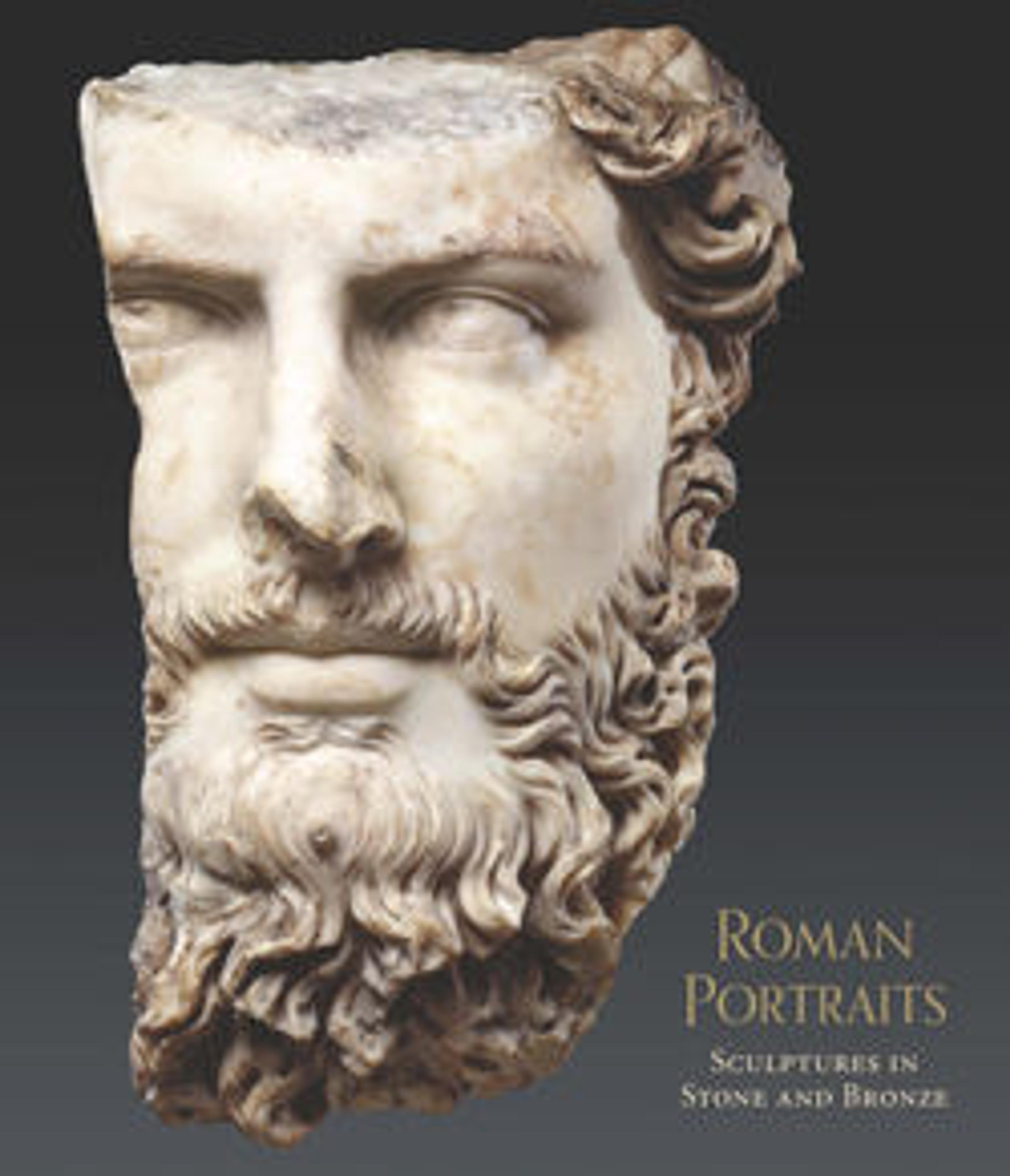Head, Possibly of Empress Flaccilla
The hairstyle and facial features are those of Aelia Flaccilla, wife of Theodosius I. In about 382 she was the first woman officially to be crowned empress since Constantine the Great's mother and his wife far earlier in the century. Flaccilla was described at her death in 387 as "this ornament of the Empire, this zeal for the faith, this pillar of the church." During her husband's reign Christianity was established as the official religion of the state.
Artwork Details
- Title: Head, Possibly of Empress Flaccilla
- Date: ca. 380–390
- Culture: Byzantine
- Medium: Marble
- Dimensions: Overall: 10 11/16 x 6 1/8 x 6 11/16 in. (27.2 x 15.5 x 17 cm)
with base: 11 1/4 in. (28.5 cm) - Classification: Sculpture-Stone
- Credit Line: Fletcher Fund, 1947
- Object Number: 47.100.51
- Curatorial Department: Medieval Art and The Cloisters
More Artwork
Research Resources
The Met provides unparalleled resources for research and welcomes an international community of students and scholars. The Met's Open Access API is where creators and researchers can connect to the The Met collection. Open Access data and public domain images are available for unrestricted commercial and noncommercial use without permission or fee.
To request images under copyright and other restrictions, please use this Image Request form.
Feedback
We continue to research and examine historical and cultural context for objects in The Met collection. If you have comments or questions about this object record, please complete and submit this form. The Museum looks forward to receiving your comments.
